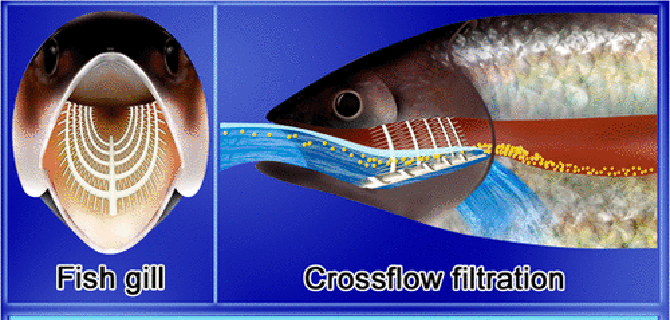Chemical & Engineering News covers the world of chemistry, from research and education to business and policy. Here’s a sampling of their coverage of research from ACS journals: *** Peptide-laced Nanofibers Could Help Fight Antibiotic-Resistant Bacteria Researchers developed a material capable of blocking bacteria’s ability to infect tissue without destroying the bacteria in the process. […]

Chemical & Engineering News covers the world of chemistry, from research and education to business and policy. Here’s a sampling of their coverage of research from ACS journals:
***
Peptide-laced Nanofibers Could Help Fight Antibiotic-Resistant Bacteria
Researchers developed a material capable of blocking bacteria’s ability to infect tissue without destroying the bacteria in the process. The approach uses nanofibers containing peptides to block a bacterium’s ability to sense when there are enough bacteria present to mount an attack on healthy tissue. While the idea of curbing bacteria’s infectious potential without killing them has been around for decades, a study of this new material found it was effective against normal and antibiotic-resistant strains of Staphylococcus aureus for up to two weeks.
- Read the story in C&EN.
- Read the research inACS Infectious Diseases.
***
Fish Provide Inspiration for New Oil-Cleaning Membranes
A new kind of separation membrane could make it easier to clean up oil spills in the ocean, using a little inspiration from filter-feeding fish to solve a design problem that plagued other membranes. The new membrane is made from stainless steel coated with nanosheets of cobalt oxide, creating a hydrophilic surface that can separate oil and water. The membrane is angled and divided into sections with increasingly smaller pores, a design similar to some fish’s throat filters, which allows the membrane to collect oil without becoming clogged.
- Read the story in C&EN.
- Read the research in ACS Nano.
***
New Method Uncovers Secrets Locked Away in Artwork’s Surface Molecules
A noninvasive method for removing and analyzing particles from works of art could give researchers new insight into the circumstances surrounding a work’s creation. The technique uses a plastic film to remove trace amounts of surface molecules from parchment, canvas, bone, and linens, allowing those molecules to be identified through mass spectrometry. Using this method, researchers can learn about the composition of pigments used in paints and even uncovered the morphine use of Russian author Mikhail Bulgakov by studying a manuscript from one of his novels.
- Read the story in C&EN.
- Read the research in Analytical Chemistry.
***
Improvements to Tooth Fillings May Come From Pine Bark Extract
An extract from pine bark may hold the key to developing longer-lasting resin-based tooth fillings. The extract interacts with the collagen in a tooth’s dentin layer, making it ten times harder. Researchers say they hope to eventually be able to use the extract to improve the bond between dentin and the resin used in fillings, creating a longer-lasting bond.
- Read the story in C&EN.
- Read the research in The Journal of Organic Chemistry.
***
Updated Method Could Unlock the Secrets of Frozen Brain Tissue
An updated method for isolating individual cells from fixed, frozen brain tissue could make it easier to run studies on the preserved tissue stored in brain banks around the world. The new procedure involves repeatedly passing liquified, frozen tissue through needles and using enzymes to dissolve cell bonds so that the separated cells can be placed in suspension for study. While the method has only been tested on brain tissue so far, the hope is that the same procedure could be used to aid in the analysis of a variety of types of preserved tissue.
- Read the story in C&EN.
- Read the research in ACS Chemical Neuroscience.
***
That’s just a small sample of the robust coverage C&EN provides. Get the latest news in your discipline with weekly e-mail updates.